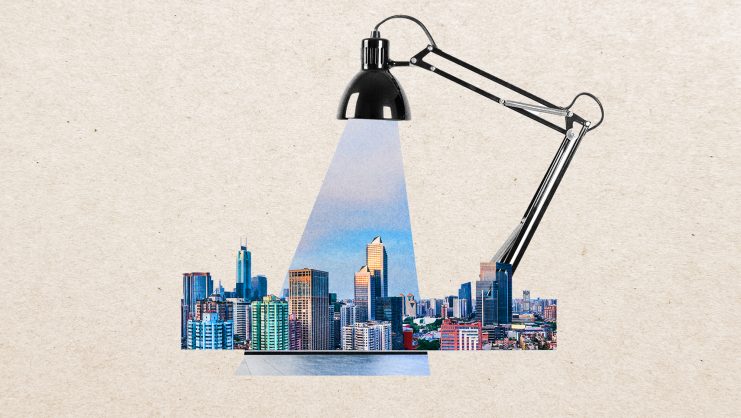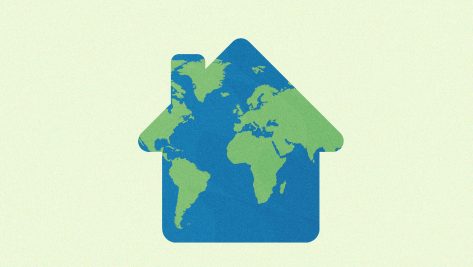Refugee Stigma and the Power of Images
Refugees struggle to find employment because they are stigmatized. Bernadette Bullinger uses her research to show how images can rob refugees of their worth and highlights the visual practices that can help them in the labor market.
Read the full research here.
© IE Insights.
Transcription
In the end of 2021, there were over 27 million refugees worldwide, and with the devastating earthquake in Syria and Turkey, as well as was the war in the Ukraine, we can just imagine how these numbers are going to rise in the future. In host countries, finding a job and working plays an important role for refugees to establish a normal life. However, we, the general public, politicians, companies, are discriminating against and stigmatizing refugees.
For example, in Austria and Germany refugee stigma might be rooted in racism and Islamophobia. On the labor market, that means refugees would be stigmatized as underqualified or unqualified and as not being able to adapt to so-called Western values. Even though there is a lot of evidence of the positive impact that refugees have on their host countries’ economies and communities, the refugee stigma persists and it leads to refugees not being able to find employment.
Stigmatization is a complex process that doesn’t only use words, but can also be done in pictures and probably more covertly using, for instance, photographs or cartoons. For instance, when we look at the discourse on the refugees in the media, we often encounter pictures that show refugees from far away, in big groups, or with their faces invisible or hidden. Research has described this as dehumanizing the depicted actors. In our own study, we focus on destigmatization: so how low-status individuals can gain recognition and worth in society. We analyzed photos that organizations that try to help refugees to find jobs in Austria and Germany have used on their websites and in online brochures in order to combat stigmatization.
We analyzed almost 150 photos and we found certain patterns in terms of what they depict and how they depict it. We were able to identify three visualization practices. First, professionalizing. That shows refugees at work being efficient and diligent. Second, organizations might use what we call “domesticizing”, referring to local hierarchies and traditions, showing refugee workers basically as friendly role models of integration. And third, stylizing is a practice that uses pictures that are very similar to fashion pictures or to social media pictures by showing refugee workers as young, stylish, and dynamic. All the organizations that we studied surely aim at de-stigmatizing refugee workers and the pictures that they are using, surely are not trying to dehumanize refugees. However, we found some problematic implications, especially regarding this visualization practice of domesticizing. It puts us as the viewer in a very powerful position. We are asked to assess the value of a refugee worker, assessing how grateful, how friendly, how well integrated they are. And in a sense, we are classifying what is a good refugee. And the pictures indicate that this is about accepting local hierarchies and traditions.
Visualization can be a powerful tool for destigmatization and for tackling current challenges such as sexual racism, inequality, and discrimination. Compared to verbal text, visuals actually materialize the refugee worker, they captivate the audience and involve us as viewers personally. However, this also bears the risk of re-stigmatization. I think as a society we need to work on educating the stigmatizers, so all of us become more inclusive and tolerant. A good way of achieving this would be to invisibilize stigma, so not to focus on refugee workers as refugees, but to show them as professionals, how they would also depict themselves.










